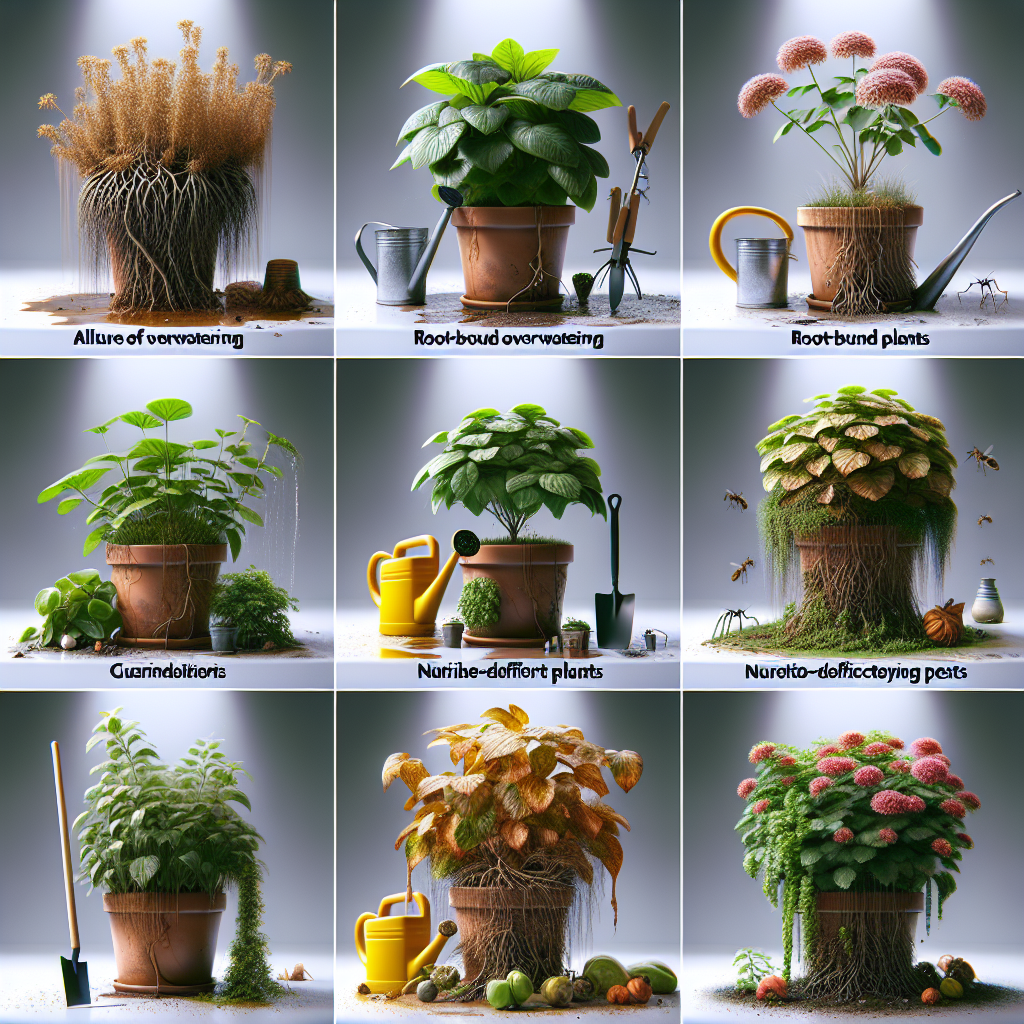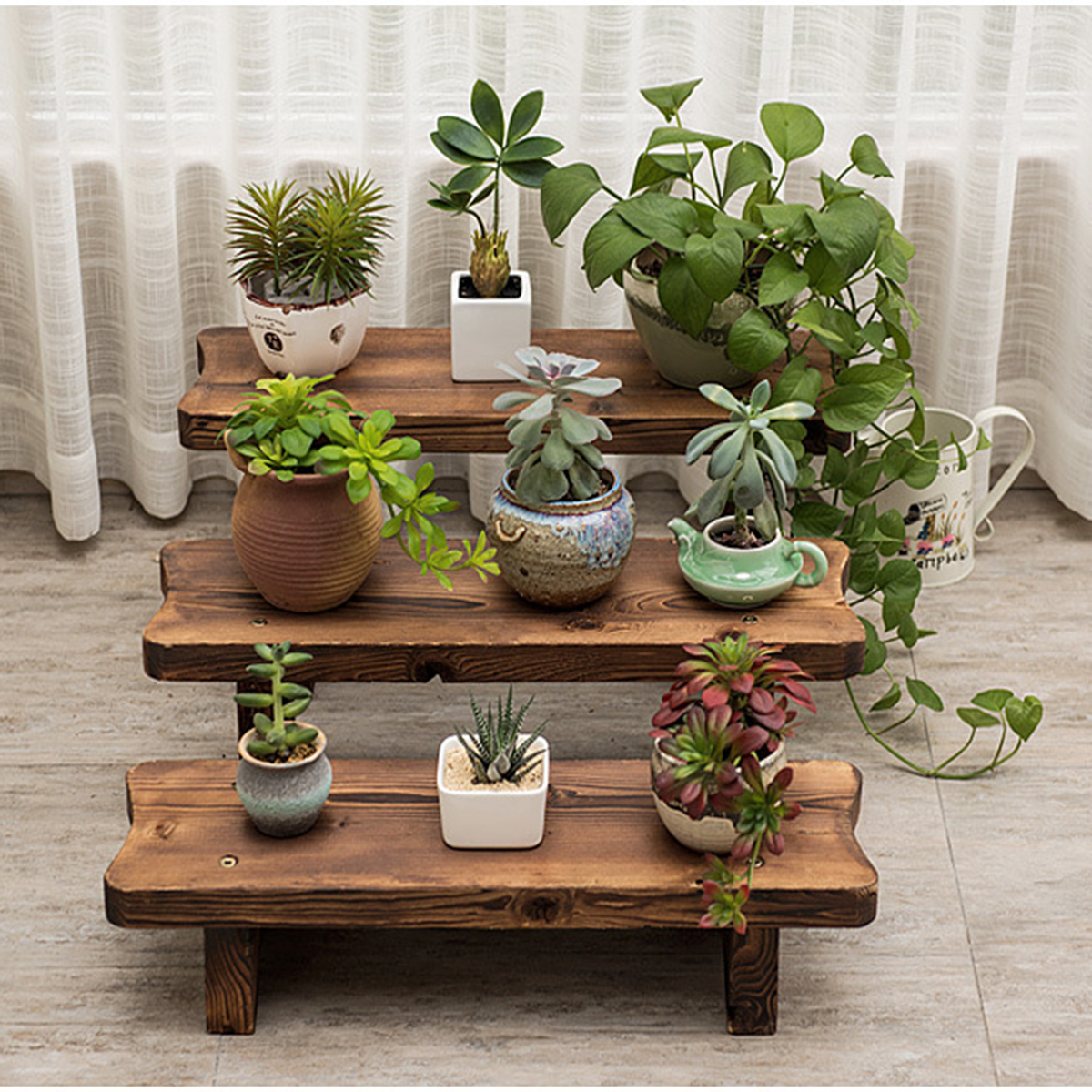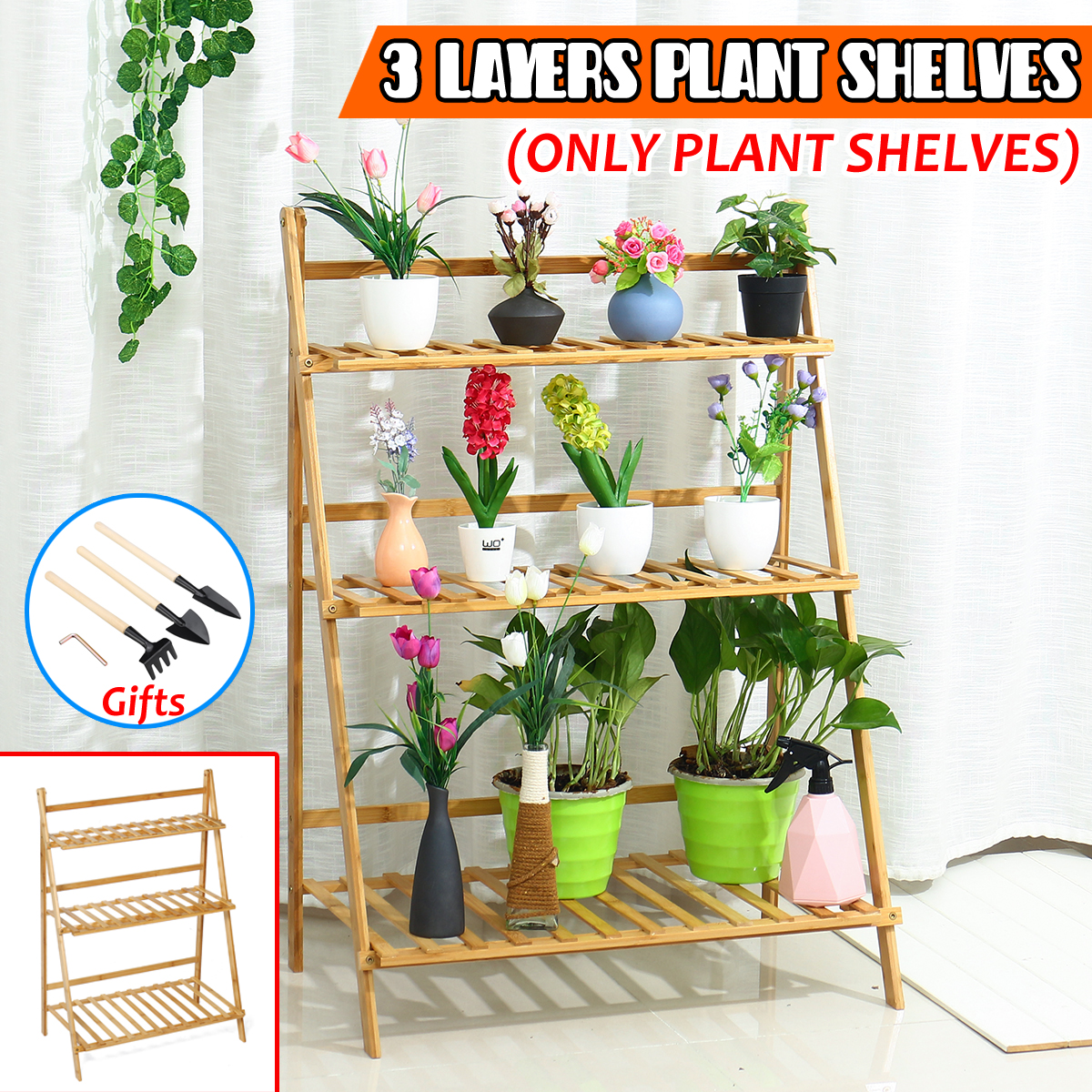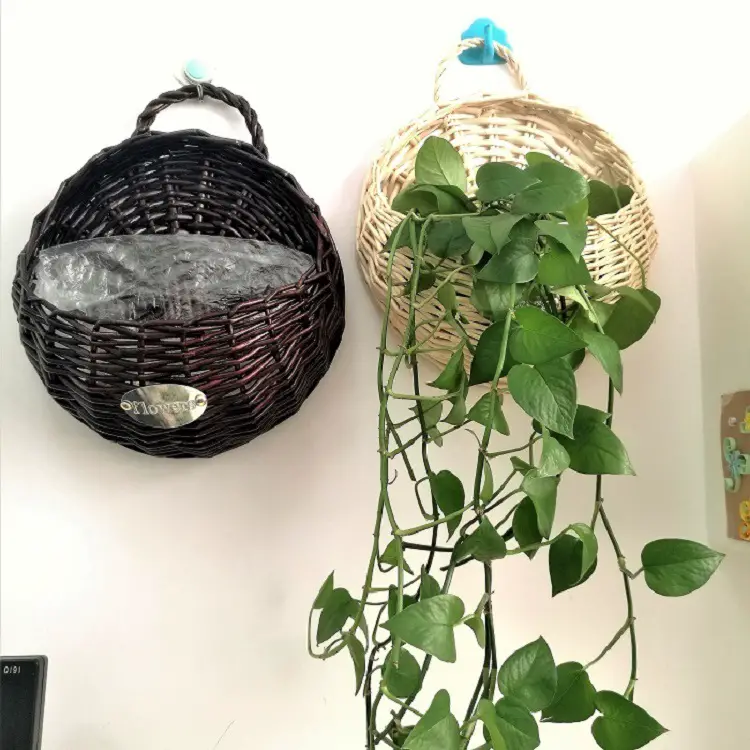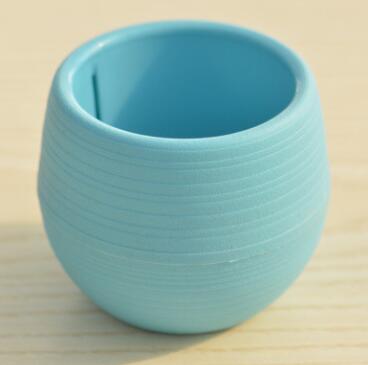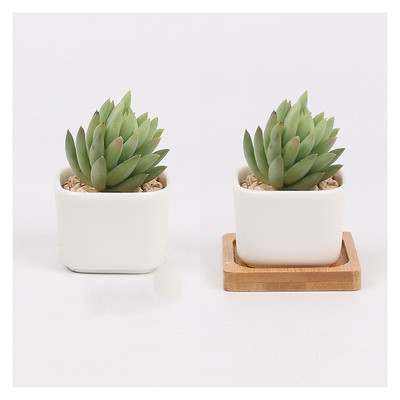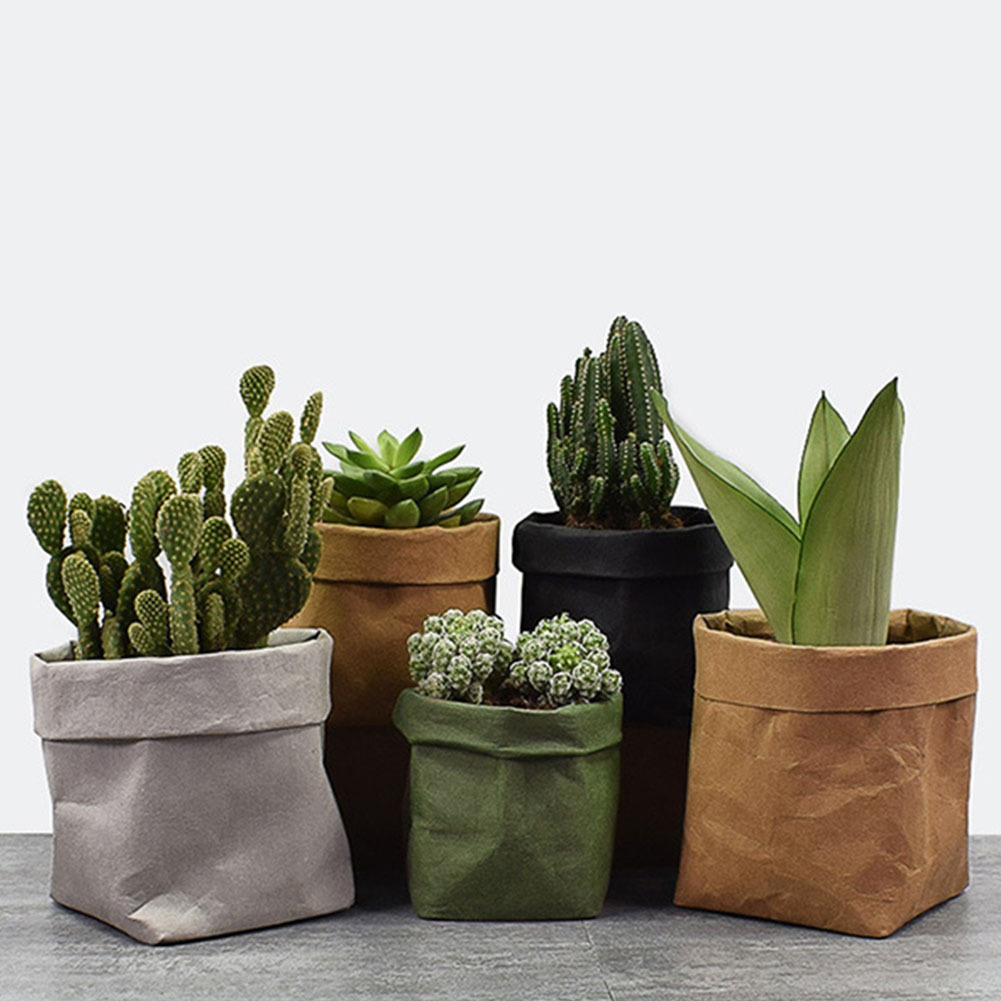Troubleshooting Common Challenges in Container Gardening
Container gardening has become increasingly popular among urban dwellers, space-conscious homeowners, and anyone interested in cultivating their green thumb without a large backyard. This approach to gardening presents a world of possibilities, from nurturing a variety of vegetables to luxuriant displays of herbs in the kitchen. However, as with any endeavor, it comes with its own set of challenges and nuances that gardeners need to address to ensure a successful harvest. This article explores common challenges in container gardening and provides insights into overcoming them, with particular attention to cultivating vegetables like broccoli and herbs.
The Basics of Container Gardening
Before diving into the more nuanced challenges, it’s essential to understand the basics of container gardening. Container gardening involves growing plants in pots or containers rather than planting them directly in the ground. This method is ideal for people with limited space, such as apartment dwellers or those with small yards. It offers several benefits, including greater control over the growing environment, ability to move plants according to their needs, and reduced issues with soil-borne pests and diseases. However, this method also presents unique challenges that need careful attention.
Soil Composition and Drainage
One of the first challenges in container gardening is choosing the right soil composition and ensuring adequate drainage. Unlike ground gardening, where nature takes care of much of the drainage, containers can easily become waterlogged, which can lead to root rot and other issues.
Solution: Use high-quality potting soil that is made for containers. This soil is light and airy, supporting good drainage and root respiration. Incorporate materials like perlite or vermiculite to enhance drainage further. Ensure that your pots have adequate drainage holes to prevent water from pooling at the bottom.
Selecting the Right Containers
The selection of containers is an integral part of successful container gardening. Containers come in various materials, sizes, and shapes, each presenting different challenges.
Solution: Choose containers that are the right size for your plants. Overly large containers can cause soil to retain too much water, while undersized containers can limit root growth. Opt for materials that suit your climate; for instance, clay pots are breathable and good for warm climates, while plastic pots retain moisture well, suiting drier environments.
Watering Wisely
Watering is a perennial challenge in container gardening. Containers can dry out quickly, especially in hot weather, and different plants have varying water needs.
Solution: Establish a consistent watering routine and adjust it based on seasonal changes. Consider self-watering pots that help maintain consistent moisture levels or use a drip irrigation system for larger setups. Pay attention to the specific needs of each plant species.
Nutrient Management
Container-grown plants rely entirely on the gardener for their nutrients because they cannot access the nutrients available in the ground.
Solution: Use a balanced, slow-release fertilizer to ensure a steady supply of nutrients. Complement this with liquid feeds during the growing season as needed. Monitor your plants for signs of nutrient deficiency, such as discolored leaves, and address issues promptly.
Light Requirements
Ensuring plants receive adequate sunlight is crucial for their growth yet often challenging, especially in urban settings with limited natural light exposure.
Solution: Position your containers where they will receive the recommended amount of sunlight for your specific plant species. Some plants require full sun, while others thrive in partial shade. For areas with limited natural light, consider using grow lights to supplement.
Case Study: Growing Broccoli at Home – A Beginner’s Guide
Broccoli is a nutrient-rich vegetable that many are surprised to learn can thrive in a container garden. However, it requires specific conditions and care.
Challenges:
- Space: Broccoli needs ample space for root development and mature plants.
- Pests and Diseases: Caterpillars, aphids, and root rot can plague broccoli.
- Temperature Sensitivity: Broccoli prefers cooler temperatures, making it challenging in warmer climates.
Solutions:
- Container Selection: Use a deep container, at least 12 inches in depth, to accommodate root growth.
- Pest Management: Employ organic pest control methods, such as neem oil or introducing beneficial insects like ladybugs.
- Temperature Control: Position the containers to avoid afternoon sun in warm climates, or use shade cloths.
Following these guidelines, your container-bound broccoli can flourish, yielding hearty heads for your dinner table.
The Foodie's Guide to Container Herb Gardens
Herbs are a delightful addition to any kitchen and are particularly well-suited for container gardening. They provide fresh ingredients right at your fingertips and elevate a variety of dishes.
Challenges:
- Watering: Herbs like basil and mint require precise watering; too much or too little can stunt their growth.
- Overcrowding: It’s tempting to plant several herbs together, but they require enough space to thrive.
- Light Needs: While some herbs, like parsley, thrive in partial shade, others like rosemary demand full sun.
Solutions:
- Tailored Care: Group herbs with similar water and light requirements. For instance, pair rosemary with thyme, both enjoying well-drained soil and sunny spots.
- Regular Pruning: Regularly prune your herbs to encourage bushier growth and prevent the plants from becoming leggy.
- Soil and Fertility: Use a well-draining soil mix and add organic compost to enhance nutrient availability.
By understanding these aspects, you can maintain a vibrant and productive herb garden, ready to enrich your culinary creations.
Overwintering and Seasonal Transition
Preparing your container plants for seasonal changes is critical to their longevity. Some plants may not survive harsh winter conditions if left unprotected.
Solution: For overwintering, consider moving containers indoors or using protective materials like burlap to shield the plants from frost. Evaluate each plant’s hardiness and needs, ensuring tropical or sensitive species are kept in temperature-controlled environments.
Conclusion
Container gardening offers a flexible and rewarding approach to growing plants, suitable for both novice and experienced gardeners. While challenges like watering, light needs, and pest management require thoughtful solutions, they are not insurmountable. By selecting the right containers, using suitable soil, and providing tailored care, gardeners can overcome these hurdles.
Whether you’re attempting to cultivate healthy broccoli or establishing a thriving herb garden, understanding the unique demands of container gardening is essential. With attention to detail and a bit of patience, container gardeners can enjoy bountiful harvests and the satisfaction of growing their own food. Happy gardening!


